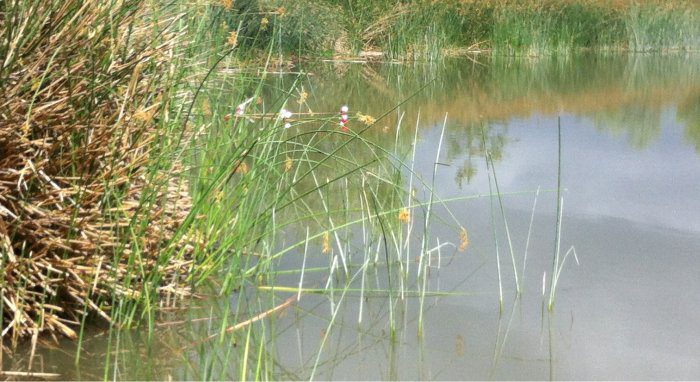Emerging Ecological Risk Trends You Should Keep in Mind in 2017

In late 2016, the Society for Environmental Toxicology and Chemistry hosted one of the world’s most comprehensive conferences dedicated to environmental risk management. It’s the leading forum for scientists, industry and institutions engaged in the study of environmental contamination, management, ecological risk and research and development related to natural resources. Technical work featured at SETAC forms the basis for new and evolving solutions to environmental problems.
CH2M employees are committed to engaging in leading industry forums and sharing their thought-leadership from the many technical conferences they attend, including SETAC. CH2M’s Chris McCarthy and his colleagues share five trends discussed at the conference that you should keep in mind in the new year:
1. Updates to EPAs water quality criteria guidance
The Environmental Protection Agency is updating their approach and guidance for deriving water quality criteria to protect aquatic life. The EPA organized special sessions focused on the criteria development process and key technical considerations. The likely direction of the new guidance is to expand information considered for criteria development — including a wider range of test endpoints, field studies and alternative routes of exposure (i.e., dietary exposure). The changes will likely lead to lower criteria for many regulated chemicals.
2. Standardized test methods for PFAS
In addition, the EPA plans to include data collection and analysis of perfluorinated substances (PFAS) within the CERCLA program. They recognize aqueous film-foaming foams, or AFFS, are not the only source of PFAS and are looking beyond where such compounds were used. They plan to release guidance on standardized testing methodology by spring 2017.
3. Improved sampling techniques
Several sessions addressed improvements with passive sampling to measure bioavailability of organic contaminants (PAHs, PCBs) in sediment. Such techniques are becoming more accessible, standardized and cost effective for characterizing ecological risks. Draft guidance has been released by SETAC contributors and techniques can be used at sediment sites as an added line of evidence in eco-risk assessments and remedy effectiveness investigations.
4. Water quality criteria for discharge permits
Progressive Water Boards are developing new water-quality criteria for discharger permits. The Central Valley Regional Water Quality Control Board of California developed an approach for a Fipronil WQC based on EPA’s NRWQC derivation where assessment factors replace unavailable data.
5. Emerging trend to evaluate contamination in riparian areas
Unlikely riparian receptors, such as spiders, can be the key in evaluating aquatic (sediment) contamination, confirming remedy effectiveness and linking aquatic source areas to upland/terrestrial habitats. Feeding almost exclusively on emerging aquatic insects exposed to sediment contamination, spiders are key bioaccumulators consumed by higher trophic level receptors, like birds. Spider tissue residues can refine food web assessments for riparian birds and provide a direct link to organic sediment contaminants for assessing conditions, remedying improvements and/or prioritizing stream segments for more focused study. Field data collection, however, can be quite challenging as spider mass is low relative to the minimum sample masses needed to perform laboratory analysis.
These five takeaways help technologists be better prepared to address our clients’ toughest challenges. Awareness of upcoming regulations, research and industry trends, and new focus areas of regulators allows us to help our clients stay ahead of the competition.
Participation in technical conferences such as SETAC gives CH2M experts access to cutting edge thought leadership, and understanding these emerging issues creates opportunity for CH2M to be part of the solutions and maintain our position as an industry leader.
Principal Technologist, Chris McCarthy, is an ecological risk assessor at CH2M. He has 21 years of diversified experience in the environmental field as a manager or lead ecologist for projects and programs around the United States. For 13 years, Chris was CH2M’s primary eco risk assessor in the greater Houston area, serving industrial clients in one of the U.S.’s major centers for petroleum and chemical operations. For the last five years, Chris has been the leader of CH2M’s ecological risk assessment service area, facilitating risk assessment needs for clients and planning and managing the practice for the CH2M enterprise.


